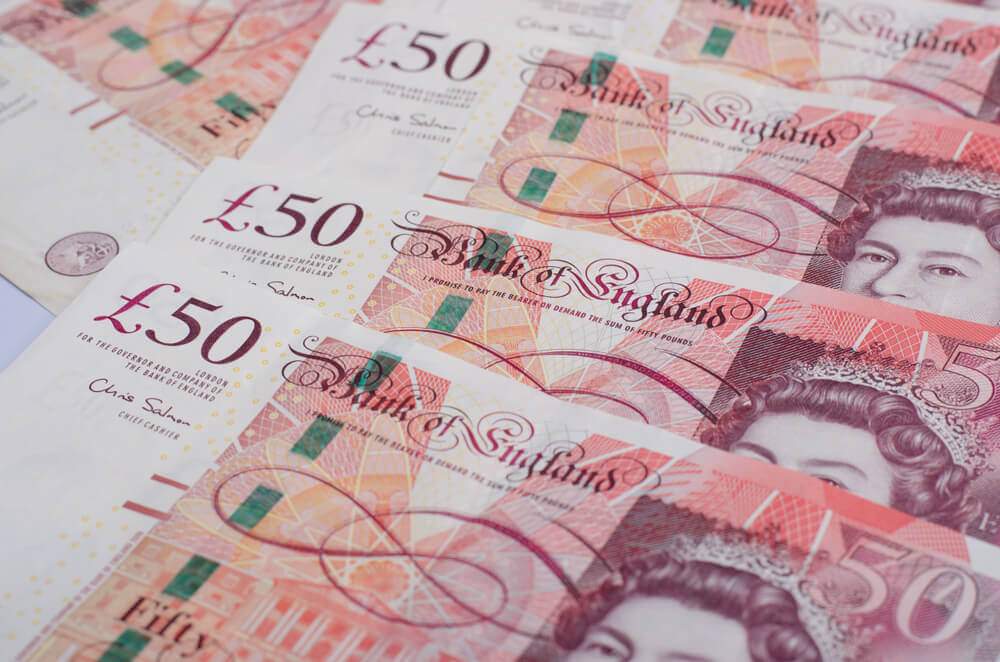
Pound and Aussie Dollar Glides In The Forex Market Trading
On Tuesday, the British pound fell in the forex trading. It was after forex news reports indicated that the UK Prime Minister Boris Johnson was looking for a hard line on Britain’s transition period after Brexit.
Meanwhile, the Aussie dollar plunged on a downbeat tone from the nation’s central bank.
The sterling also declined as much as 0.7% to $1.3236. Friday’s 1-1/2-year peak of $1.3516 looked progressively more like a near-term peak.
The surge was following huge relief gathering after last week’s UK election.
Johnson’s revised Withdrawal Agreement Bill would entail the United Kingdom to have provisions and leave the European Union.
The bill will be in place by December 31 next year, according to a UK broadcaster, ITV reported on Monday.
In addition, the move dashes chances that Johnson would take an adaptable approach to the end-2020. It is the deadline year for a trade deal with the EU after Britain departs the bloc.
Currently, it looks almost certain to happen on January 31 at the back of the landslide Conservative election win.
A chief currency strategist at Mizuho Securities, Masafumi Yamamoto, said, “Common sense says that crafting a trade would take at least more than a year, so markets had assumed that the transition period would be extended.”
Moreover, “It seems like a big majority Johnson won is enabling him to take a hardline approach, which the market doesn’t like so much.”
“Considering the UK economy looks set to deteriorate as people and companies start to leave the country because of Brexit, sterling’s short-covering rally is over,” he added.
Forex Exchange Market Further Movements
The pound last stayed at $1.3286, set down by 0.3% from late U.S. levels.
Elsewhere, the Australian dollar also weakened from 0.2% to $0.6868 after the Reserve Bank of Australia launched the door to another cut in interest rates.
As early as February, the household incomes should keep being depressed. If not, the labor market will take a turn for the worse.
Minutes in its December policy meeting, it has demonstrated the central bank’s board was alarmed.
The most significant concern was about the wage growth being too weak to stimulate either inflation or consumption.
Last week, other major currencies saw constrained moves. It is as investors wanted more details on an interim trade agreement, the United States and China struck.
The deal has roughly surpassed safe-haven currencies, such as the yen, and supported risk-sensitive currencies.
Meanwhile, in the FX market, the dollar traded at 109.56 yen, higher 0.05% from late U.S. levels versus the yen. It has gained 0.15% on Monday to edge near a six-month high of 109.73 hits on December 2.
The euro remained at $1.1147, sustaining its uptrend from its seven-week low of $1.1098 touched on November 29.




